Discovering Charm and History in Sussex County New Jersey

Sussex County, New Jersey presents Newton, a charming gem nestled among rolling hills and picturesqu…….
Giving you all the latest Buzz!

Sussex County, New Jersey presents Newton, a charming gem nestled among rolling hills and picturesqu…….

Lucy the Elephant, a 38-foot wooden structure in Margate City, Atlantic County, New Jersey, is an ic…….
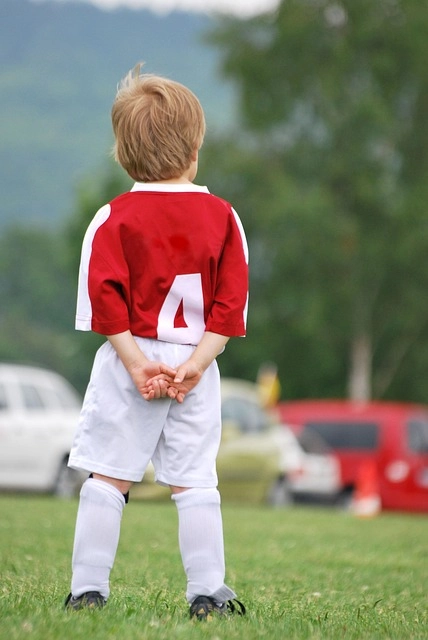
Cherry Hill, Camden County New Jersey, offers a unique blend of suburban tranquility and urban acces…….

Dumont, Bergen County, New Jersey, offers a charming blend of quiet suburban living and easy access…….
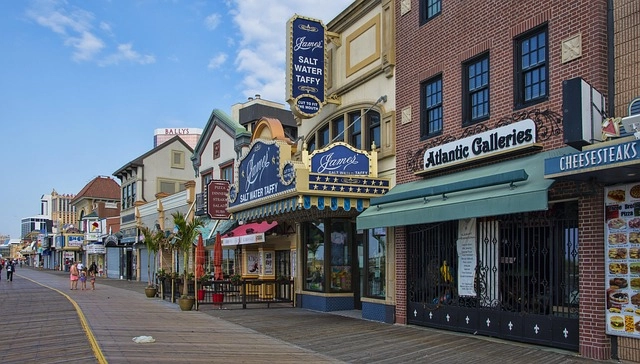
Pedricktown, Salem County, New Jersey, offers a peaceful charm with its historic architecture, rich…….
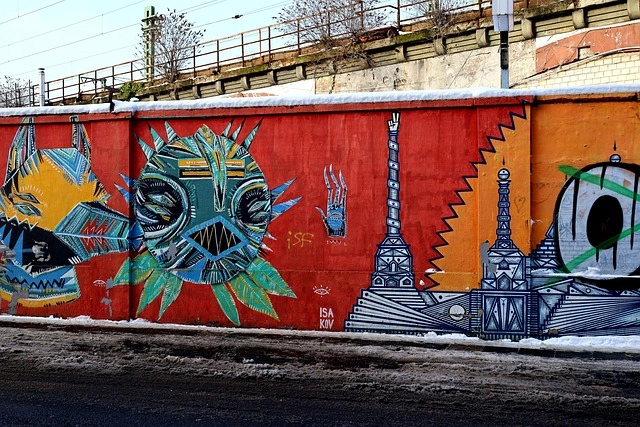
Before blind buying Dior Perfume, research scent profiles and note combinations to predict how it�…….
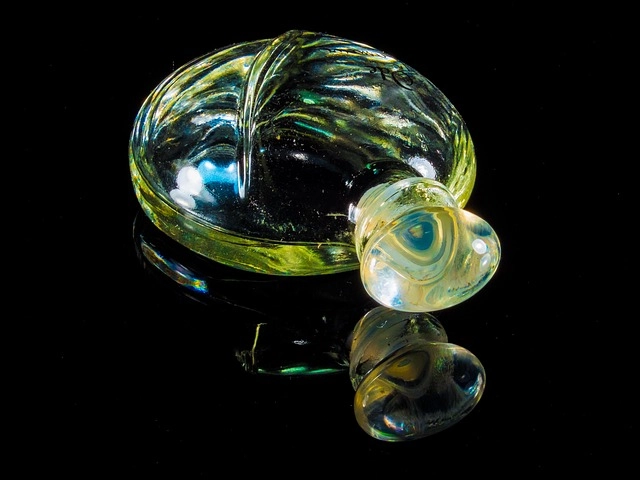
The Coach Perfume brand challenges traditional gender norms in the fragrance industry by offering un…….
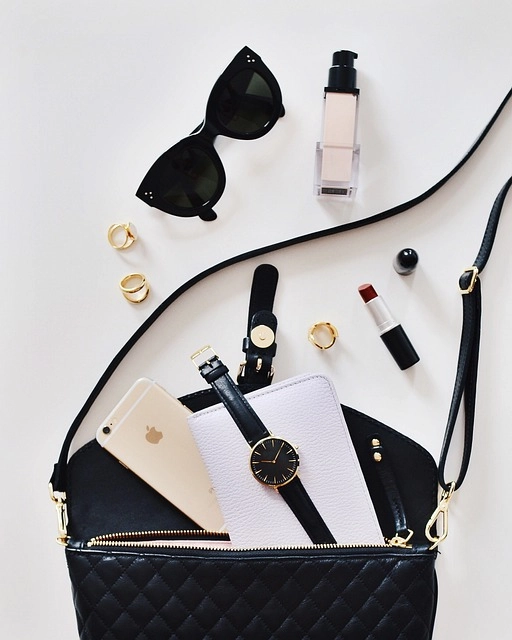
Clean perfume artisans blend natural elements like citrus, herbs, and woody notes to create upliftin…….